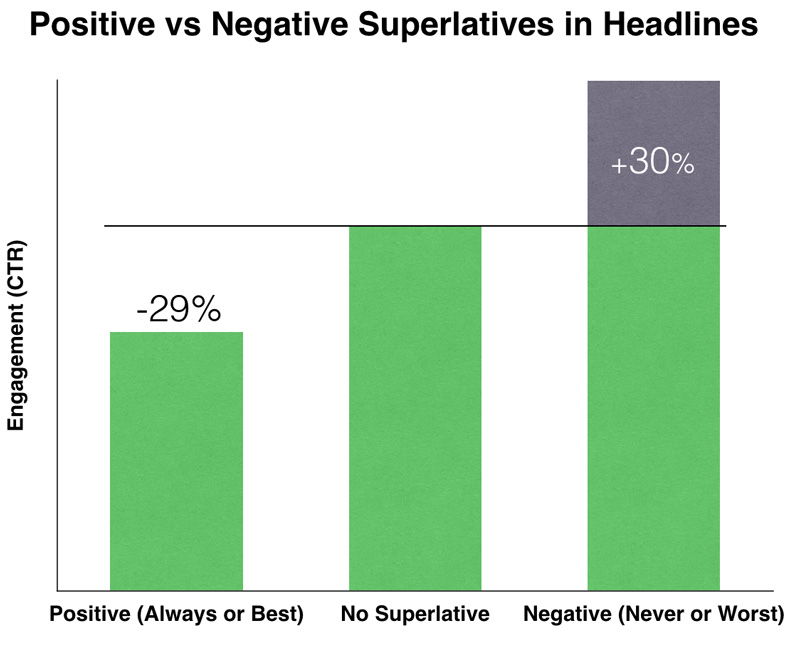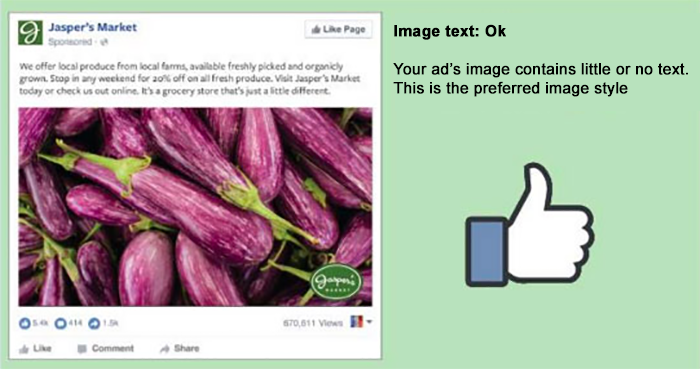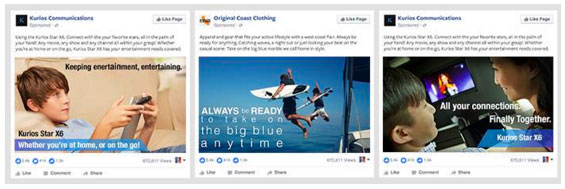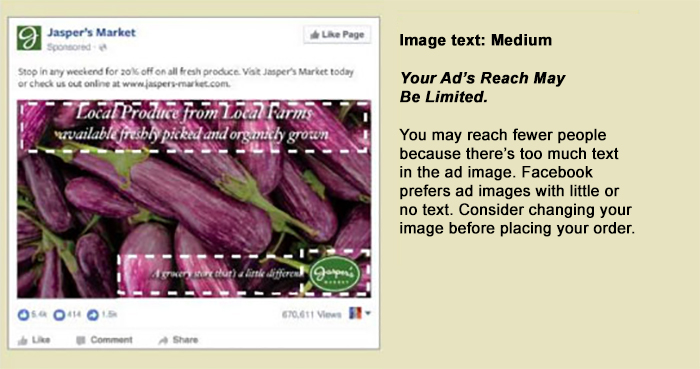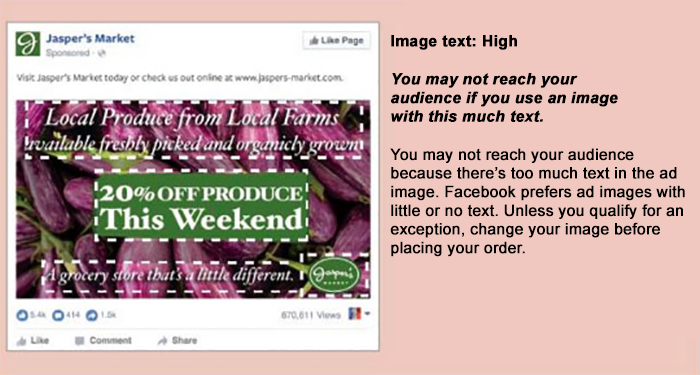Mark Zuckerberg announced on the 11 January 2018 that significant changes to the Newsfeed are about to be implemented over the next few weeks. The focus being on posts from friends and family shown over businesses and publishers: "..prioritize posts that spark conversations and meaningful interactions between people." The key here being people and no mention of organisations.
As for the future of the Facebook Newsfeed, Zuckerberg states users will see "less public content, including videos and other posts from publishers or businesses." See Mark's Facebook post below revealing this latest, significant update that will impact ALL businesses and organisations who use Facebook as a marketing tool to reach fans.

Due to the declining space availability in the Newsfeed, Facebook states that it wants to focus on "showing more posts from friends and family and updates that spark conversation means we’ll show less public content, including videos and other posts from publishers or businesses."
Interestingly, when I shared this article on my personal Facebook page a friend commented how relieved she was that "Facebook listened" about how she was sick of seeing "sponsored ads" in her newsfeed. Many like her will be thinking the same - they don't realise that it's the organic reach that Facebook is severely cutting back on. They certainly aren't reducing paid advertising. Now, more than ever, Facebook is a "pay to play" platform.

What Will Be the Impact on Business Facebook Pages?
This latest announcement has caused a huge stir in the social media marketing world. And so it should. ALL Pages will notice a significant drop in organic reach as Facebook clearly states "As we make these updates, Pages may see their reach, video watch time and referral traffic decrease."
We have seen a declining organic reach for the past few years, with reach dropping from about 16% to 2% with speculation rife that it would drop even further, potentially to 0%.
Develop New Strategies
Let's be 100% clear about this annoucement - Facebook is effectively deprioritising business' posts. There are some who say it won't matter as much as the hype leads us to believe - we just need to "post relevant content and generate meaningful conversations" However, most businesses don't actually understand what this means and have been getting it wrong for awhile now. It's absolutely critical for businesses and organisations to develop a Facebook strategy that covers how to get around the algorithm - and that businesses will have to 'pay to play.'
Your emphasis must absolutely now be on posting highly relevant, entertaining content that appeals to your target market and definitely do not use 'engagement-baiting' techniques. Any posts that have a 'passive experience' in other words, no interaction from Fans, will definitely lead to no organic reach and will impact negatively on future posts. Properly understanding how the Newsfeed and algorithm works is vital. According to leading Social Media Expert, Micheal Stelzner part of this update will affect the strategy of linking to your blog from Facebook "The days of traffic from the Newsfeed to blog posts are dead."
If you have engaged a social media company or individual to manage your Facebook Page, and, if they haven't been in touch, make sure you initiate a meeting to discuss a revised strategy for your Page. Don't have a social media company? We offer consultancy, private training or you can attend a Facebook Group Training Session coming up in February 2018 in Dunedin.
If you want further information or advice on what to do for your Facebook Page, you can email philippa@cre8ive.co.nz
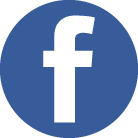
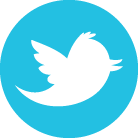
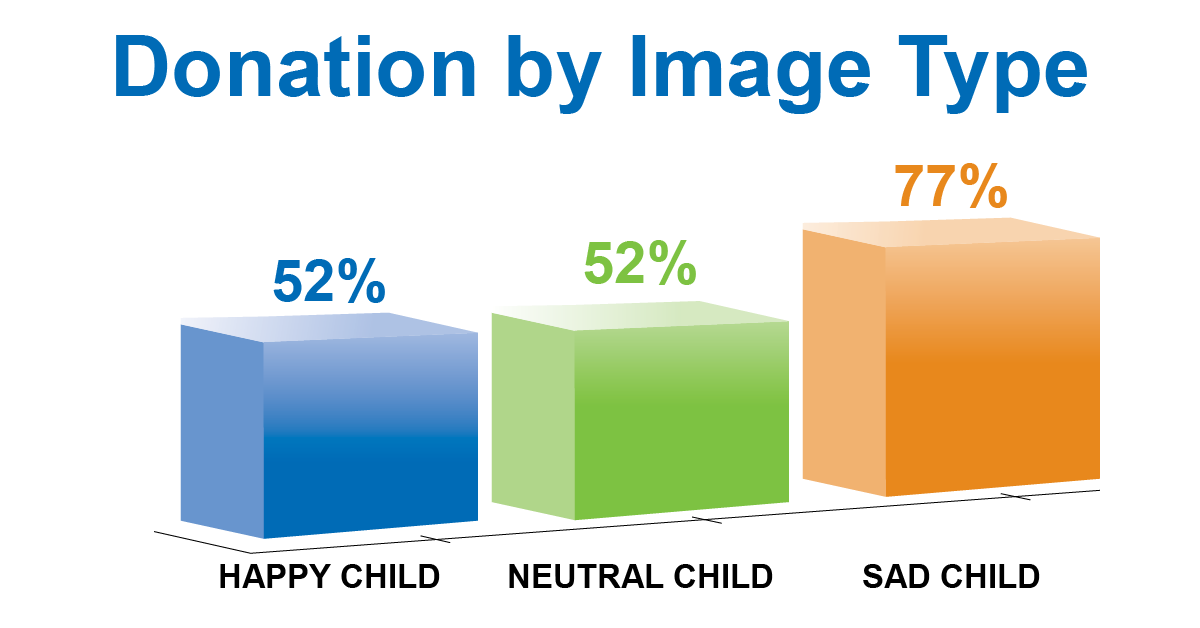 If you have a fundraising campaign, think carefully about the emotion expressed on your lead image.
If you have a fundraising campaign, think carefully about the emotion expressed on your lead image.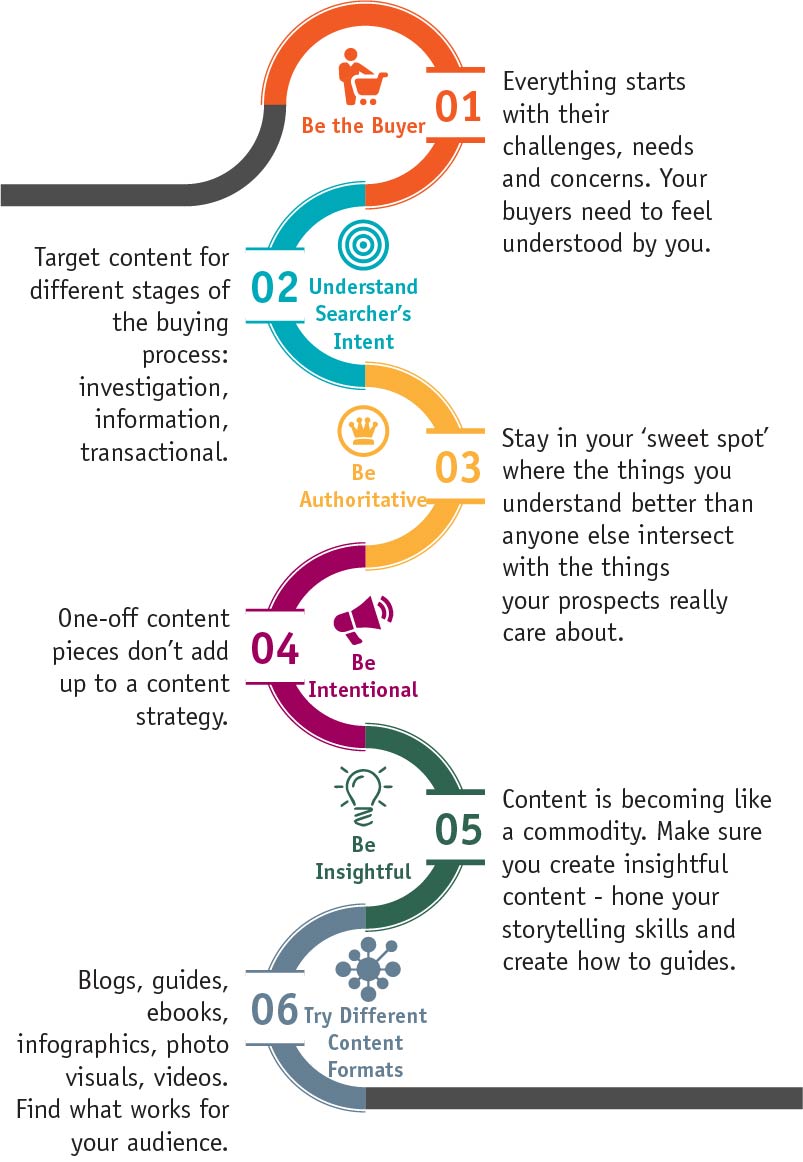
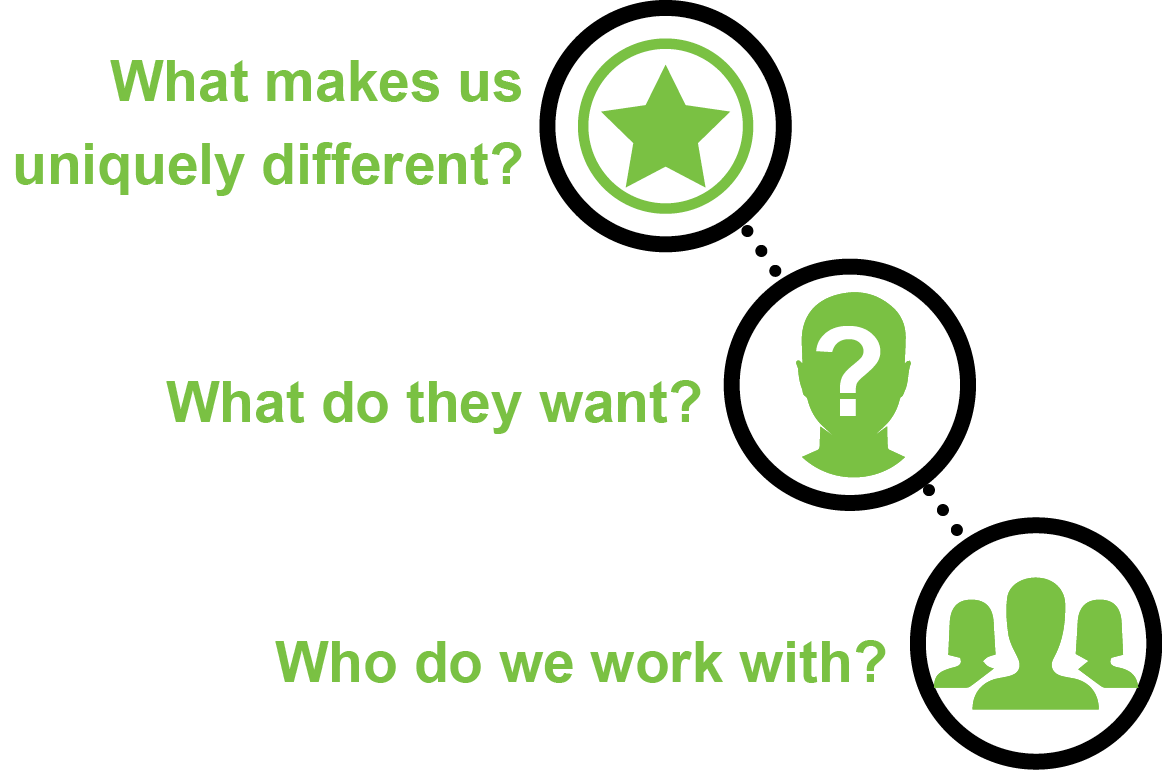 What the Value Proposition consists of
What the Value Proposition consists of


